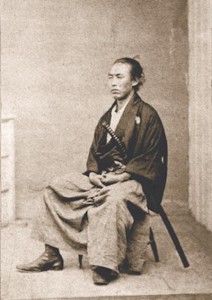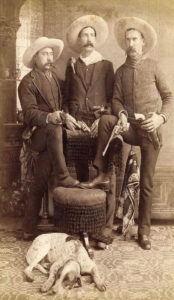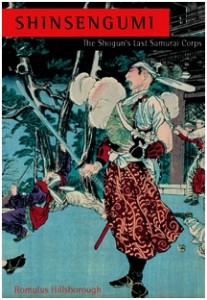This photograph is posted on the website of World Lifestyle with the following caption: “Guns were an integral part of survival in the wild west and everyone had one. Since photographs were a relatively new invention and very exclusive, many cowboys were filled with pride when they got their photograph taken. They always wanted to show off their guns in the pictures.”
Some liken gunslingers in the Wild West to expert swordsmen among samurai. But there is a major misconception in this thinking. I have never heard of an academic or moral discipline in “the art of gun-slinging,” like that pursued by samurai.
Take, for example, the dojo of Kondo Isami’s predecessors, which of course extended to Kondo Isami himself. Kondo practiced and taught the Tennen Rishin Style of kenjutsu (“art of the sword”). According to records from the first half of the 19th century, on average it took more than ten years of constant rigorous training for a student of that style to achieve a level of expertise that would qualify him to teach others, and another ten years or so to open his own school.
Kondo Isami was the commander of the Shinsengumi, which is the subject of my “Shinsengumi: The Shogun’s Last Samurai Corps.”






